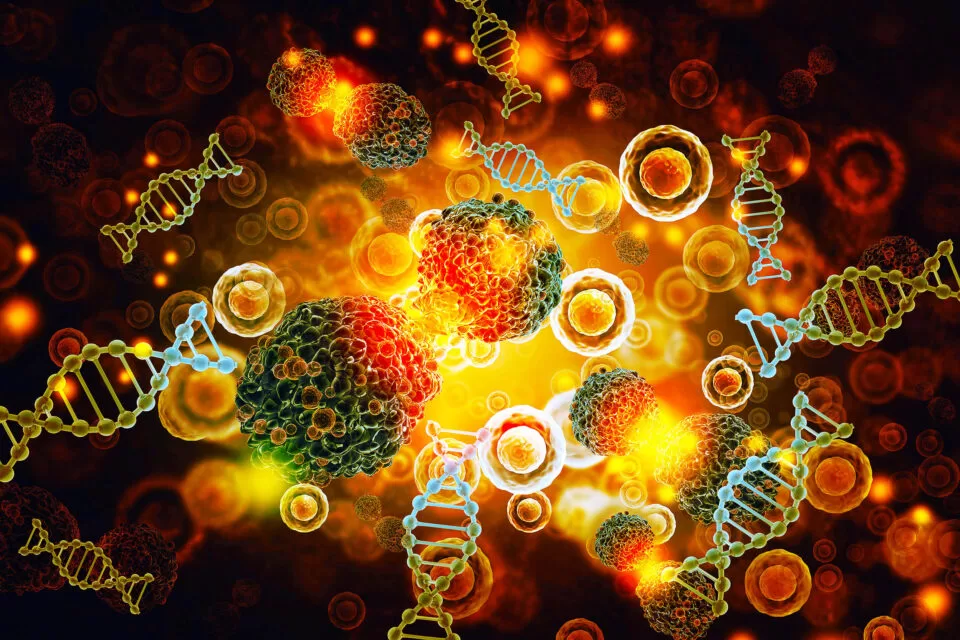July 14, 2024
The global medical community has witnessed a surge in the use of RNA-based medicines, propelled into the spotlight by COVID-19 vaccines. However, RNA oligonucleotides have long been employed to treat conditions like Duchenne Muscular Dystrophy and amyloidosis. RNA therapies offer significant advantages over traditional small molecule drugs, including their potential to target nearly any genetic component within cells and to guide gene editing tools like CRISPR to their specific targets.
Despite these advantages, the rapidly increasing demand for RNA drugs is outstripping the current manufacturing capabilities. The traditional method of chemically synthesizing RNA, developed in the 1980s, is hindered by its reliance on specialized equipment, labor-intensive processes, and the production of toxic chemical byproducts. These limitations not only pose environmental hazards but also restrict the scalability of RNA production.
To address these challenges, a team of scientists at the Wyss Institute at Harvard University and Harvard Medical School (HMS) has developed a groundbreaking RNA synthesis process. This new method, described in a recent Nature Biotechnology publication, promises to expand the design space of RNA therapeutics and facilitate rapid production scale-up. The novel approach utilizes water and enzymes instead of toxic solvents and explosive catalysts, maintaining efficiencies and purities comparable to current industry standards while being environmentally friendly.
“As demand for RNA drugs continues to grow and additional products come to market, we will exceed the current global supply of acetonitrile, the organic solvent used in chemical RNA synthesis methods,” said Jonathan Rittichier, Ph.D., a co-first author of the study. He, along with fellow first author Daniel Wiegand, M.S.Ch.E., Wyss Core Faculty member George Church, Ph.D., and others co-founded EnPlusOne Biosciences to commercialize their technology. “Delivering RNA drugs to the world at these scales requires a paradigm shift to a renewable, aqueous synthesis, and we believe our proprietary enzymatic technology will enable that shift.”
A Bio-Friendly Approach
In Church’s lab, Rittichier, Wiegand, and co-corresponding author Erkin Kuru, Ph.D. hypothesized that they could synthesize RNA using enzymes, similar to a previously developed method for DNA synthesis. They began with an enzyme from the yeast Schizosaccharomyces pombe, known for linking nucleotide molecules to form RNA strands. By engineering the enzyme, they enhanced its efficiency and ability to incorporate non-standard nucleotides, crucial for developing stable and functional RNA drugs.
The team also addressed the challenge of nucleotide protection. Standard chemical synthesis adds “protecting groups” to nucleotides to shield them from harsh reaction conditions, which later require removal through additional chemical reactions that can damage the RNA. The enzymatic method developed by EnPlusOne eliminates the need for these protecting groups, simplifying the process and improving the final product’s integrity.
However, the natural activity of the enzyme posed another problem: it would string together nucleotides uncontrollably, leading to inaccurate RNA sequences. The researchers solved this by modifying the nucleotides with a “blocker” that controlled the enzyme’s activity, allowing precise nucleotide addition. This two-step process is simpler and less reagent-intensive than traditional methods.
The team demonstrated that their enzymatic synthesis could achieve 95% efficiency, comparable to chemical synthesis. They successfully built RNA molecules of 10 nucleotides in length and are now routinely producing 23-nucleotide-long molecules, the size required for many RNA therapeutics.
From Molecules to Medicines
A key aspect of RNA drug development is modifying natural nucleotides. The new enzymatic method can produce RNA strands with multiple types of modified nucleotides, expanding the “RNA typewriter” from four natural letters (A, U, C, G) to a richer alphabet with new functions and properties.
This innovative work led to a Validation Project at the Wyss Institute and the subsequent formation of EnPlusOne Biosciences in 2022 to commercialize the new approach. EnPlusOne’s platform offers a sustainable alternative to chemical synthesis, capable of producing high-quality guide RNA molecules for CRISPR/Cas gene editing and small interfering RNAs (siRNAs) for various treatments.
“RNA drugs offer a powerful new treatment approach for a huge range of diseases. However, current manufacturing methods are limited in terms of chemical diversity, production capacity, and environmental impact. EnPlusOne’s bioinspired enzyme synthesis offers a way to overcome these limitations and could help the RNA therapeutics industry to explode,” said Wyss Founding Director Don Ingber, M.D., Ph.D.
The breakthrough, supported by funding from Northpond Ventures, Breakout Ventures, and Coatue, marks a significant step forward in the production of RNA drugs, opening new avenues for their application and commercialization.












